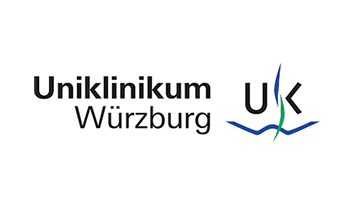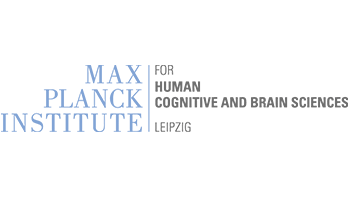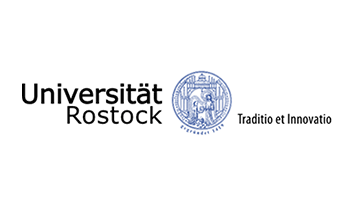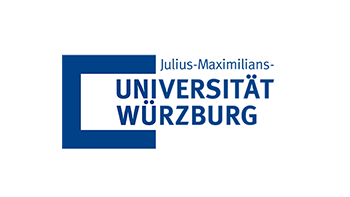Jul 22, 2024
Head movement dynamics in dystonia: a multi-centre retrospective study using visual perceptive deep learning.
Peach R*, Friedrich M*, Fronemann L, Muthuraman M, Schreglmann SR, Zeller D, Schrader C, Krauss JK, Schnitzler A, … Kühn A, Skogseid IM, Eisner W, Mueller J, Matthies C, Reich M, Volkmann J, Ip CW.
*equal contribution
NPJ Digit Med. 2024; 7(1): 160.
doi: 10.1038/s41746-024-01140-6.
Download summary: ReTune PoM 2024 Jun
Clinical scales, commonly used to assess dystonia and other neurological disorders, have inherent limitations due to clinimetric issues, likely stemming from the oversimplification of complex disease phenomenology into low-dimensional ordinal parameters. While necessary in time-sensitive clinical settings, this oversimplification comes at the expense of precision, granularity, and ecological validity. For example, TWSTRS omits some key clinical features of dystonia that only become evident with dynamic, voluntary movements. While adaptations to TWSTRS have incorporated tremor-related features, there is still a growing demand for more objective and granular disease metrics.
To address this, we developed a visual perceptive framework using convolutional neural networks to comprehensively evaluate dystonia based on clinical video recordings. Using a combination of ‘off-the-shelf’ computer vision tools and custom-trained convolutional neural networks, we extracted static head angle excursions and dynamic kinematic variables of cervical dystonia patients from retrospective clinical video data that was sourced from three longitudinal cohort studies across seven academic centers. This enabled us to comprehensively evaluate head movements in both task-constrained, static conditions and quasi-naturalistic, dynamic conditions, providing a holistic assessment of dystonia.
We first demonstrated the robustness and clinical applicability of our computer vision framework in accurately inferring head-angle deviations during attempted naturalistic head positions from diverse clinical videos captured using consumer-grade hardware. Predicted head angle excursions strongly correlated with clinically assigned scores, showing a significant reduction in head angle deviations post-deep brain stimulation (DBS) treatment. However, the key advantage of our framework lies in its capability to analyse full video examinations of patients. We reverse-engineered complex clinical observations such as dystonic overflow, tremor, and the action-dependent dynamics of dystonic movements into objectively measurable kinematic features. These kinematic features demonstrated the most pronounced response to neuromodulation, rendering them highly specific to the behavioral downstream effects of the neural circuit intervention. The framework also revealed that high-frequency phasic movements, rather than low-frequency tonic aspects, were more significantly modulated by DBS. By applying our framework to a cohort of generalised dystonia patients, we independently identified the same kinematic features to be significantly modulated by DBS – validating our analysis in cervical dystonia patients.
Overall, our study highlights the importance of using computer vision methods to capture a detailed and holistic assessment of dystonic movements that traditional rating scales cannot offer.
Dr. Robert Peach
Robert Peach is a Post-doctoral Researcher and Principal Investigator at the Universitätsklinikum Würzburg and a Senior Research Fellow at Imperial College London. His research focuses on developing novel deep learning architectures for decoding neural signals in movement disorders.
Dr. Maximilian U. Friedrich
Maximilian Friedrich is a physician-scientist in Neurology and currently working as a postdoctoral associate with Michael D. Fox at the Center for Brain Circuit Therapeutics, Boston. His experience spans experimental and clinical neurosciences, including optogenetic and electrical brain stimulation, circuit mapping, and movement analysis.
PoMs 2024:
ReTune PoM 2024 May
ReTune PoM 2024 Apr
ReTune PoM 2024 Mar
ReTune PoM 2024 Feb
ReTune PoM 2024 Jan
PoMs 2023:
ReTune PoY 2023
ReTune PoM 2023 Dec
ReTune PoM 2023 Nov
ReTune PoM 2023 Oct
ReTune PoM 2023 Sep
ReTune PoM 2023 Aug
ReTune PoM 2023 Jul
ReTune PoM 2023 Jun
ReTune PoM 2023 May
ReTune PoM 2023 Apr
ReTune PoM 2023 Mar
ReTune PoM 2023 Feb
ReTune PoM 2023 Jan
PoMs 2022:
ReTune PoY 2022
ReTune PoM 2022 Dec
ReTune PoM 2022 Nov
ReTune PoM 2022 Oct
ReTune PoM 2022 Sep
ReTune PoM 2022 Aug
ReTune PoM 2022 Jul
ReTune PoM 2022 Jun
ReTune PoM 2022 May
ReTune PoM 2022 Apr
ReTune PoM 2022 Mar
ReTune PoM 2022 Feb
ReTune PoM 2022 Jan











